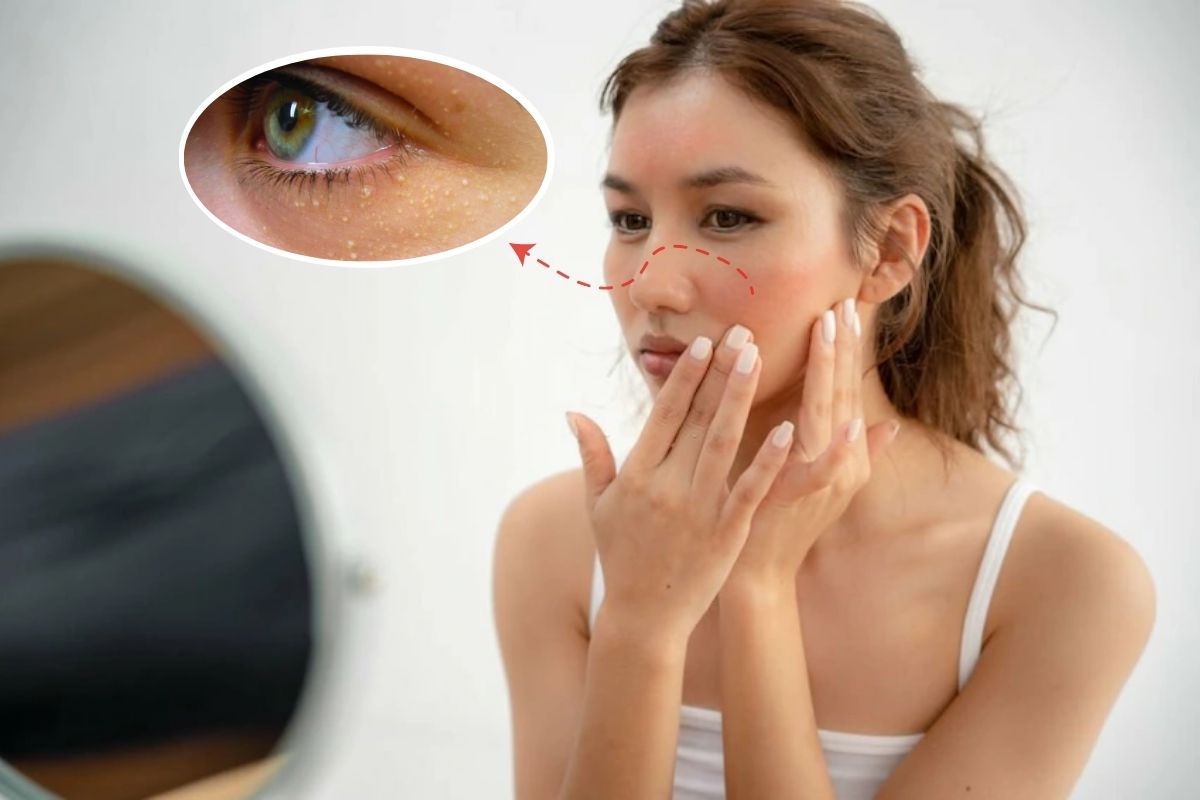Have you ever noticed tiny white bumps on your skin that look like grains of sand or pearls? If so, you might have milialar or milia, a common and harmless skin condition that affects people of all ages. Milialar are tiny, firm cysts that result from the accumulation of dead skin cells beneath the surface of the skin. These growths are commonly found on the face, particularly in the areas around the eyes, nose, and cheeks. They may be misidentified as acne; however, they differ from acne in that they do not originate in a hair follicle and do not exhibit redness or inflammation. This article will delve into the causes, types, and treatment options for milia.We will also give you some tips on how to prevent milia from forming and how to take care of your skin. Whether you have a milialar yourself or you are just curious about them, you will find this article informative and helpful. So, let’s get started!
Causes of Milialar
Milialar happens when old skin or keratin, a protein in your skin, hair, and nails, gets stuck under your skin. This creates small, white cysts that look like tiny pearls. But what causes this to happen? There are different factors that can contribute to the formation of milialar, depending on the type of milia you have. Some of the common causes are:
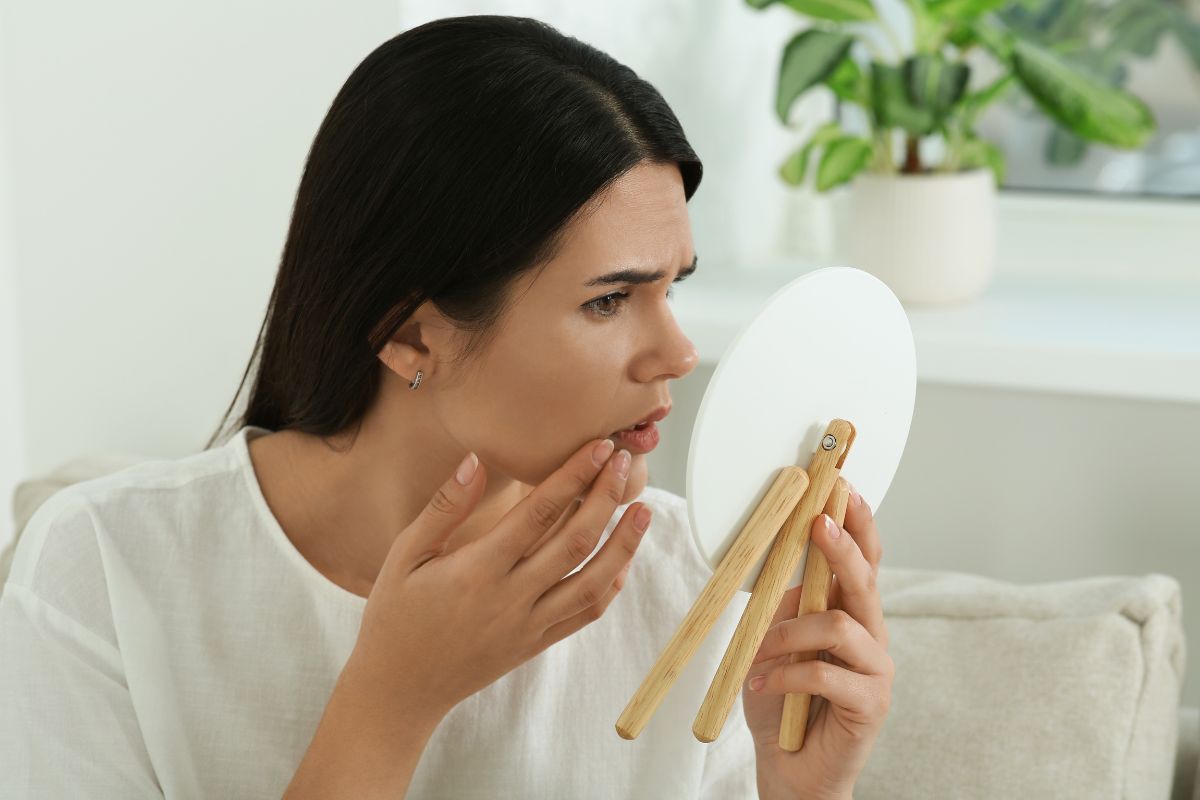
- Skin damage or injury: Sunburn, blisters, burns, rashes, and other types of skin trauma can damage the skin and cause milialar to form. This is especially common for secondary milialar, which occur after skin damage.
- Skin care products: Using heavy creams, ointments, or makeup on your skin can lead to clogged pores and hinder the natural shedding of dead cells. This can lead to milialar, especially on your face. You may want to avoid products that contain mineral oil, lanolin, or petroleum.
- Genetic or medical conditions: Some inherited or acquired disorders can affect your skin and cause milialar to form. For example, Gardner syndrome, Bazex-Dupré-Christol syndrome, and Rombo syndrome are rare genetic conditions that can cause milialar. Some autoimmune diseases, such as discoid lupus and lichen planus, can also cause milialar.
- Age: As you age, your skin loses its ability to bounce back and is more likely to get hurt. This can make it tougher for your skin to remove dead cells through exfoliation. This can result in milia, especially around your eyes and cheeks. Milialar are more common in older adults than in younger people.
Prevention and Treatment of Milialar
As we have seen, milialar are caused by various factors, such as skin damage, skin care products, genetic or medical conditions, and age. While it is not always possible to prevent milia, there are some steps you can take to reduce the risk of developing them or to make them less noticeable. These include:
- Wash your face twice a day with a gentle cleanser and warm water. Exfoliating your skin two to three times a week can remove dirt, oil, and dead skin cells that block your pores and cause milialar.
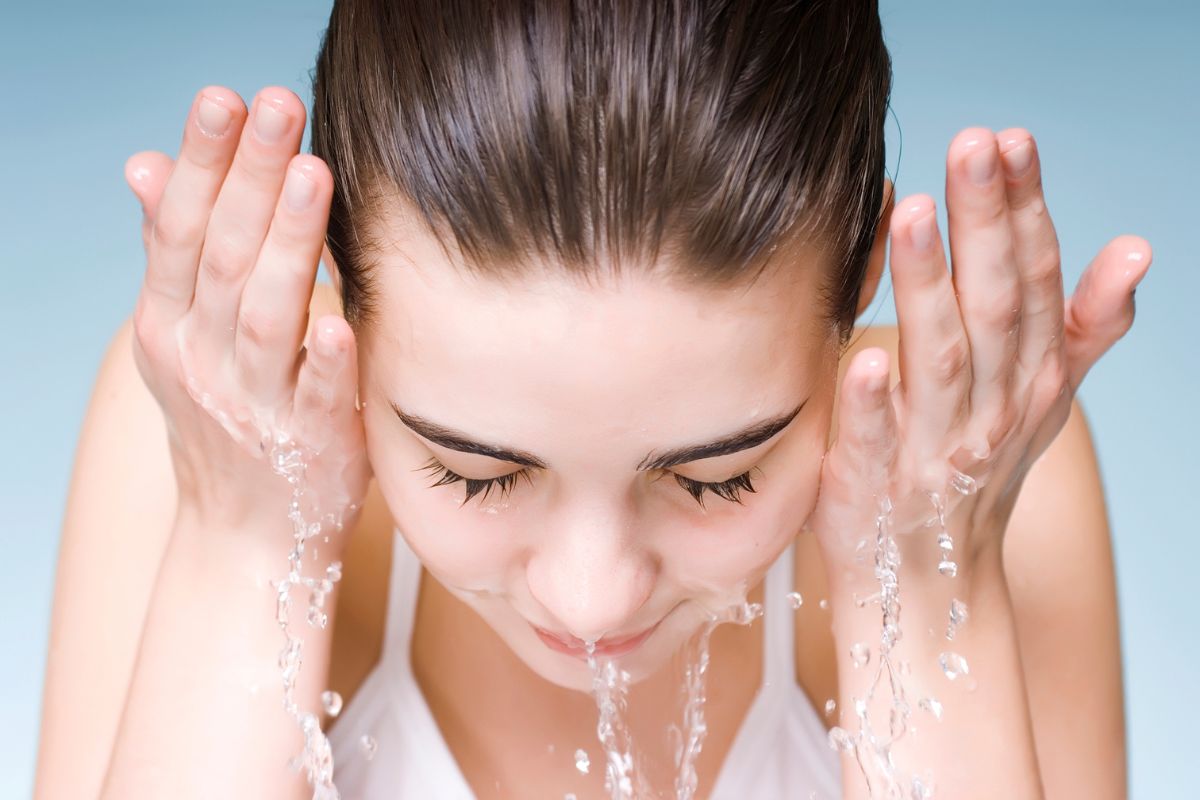
- You can use a gentle scrub or chemical peel for this. This can help remove the layer of skin that covers the milialar and allow them to heal faster. However, be careful not to over-exfoliate or irritate your skin, as this can worsen the condition.
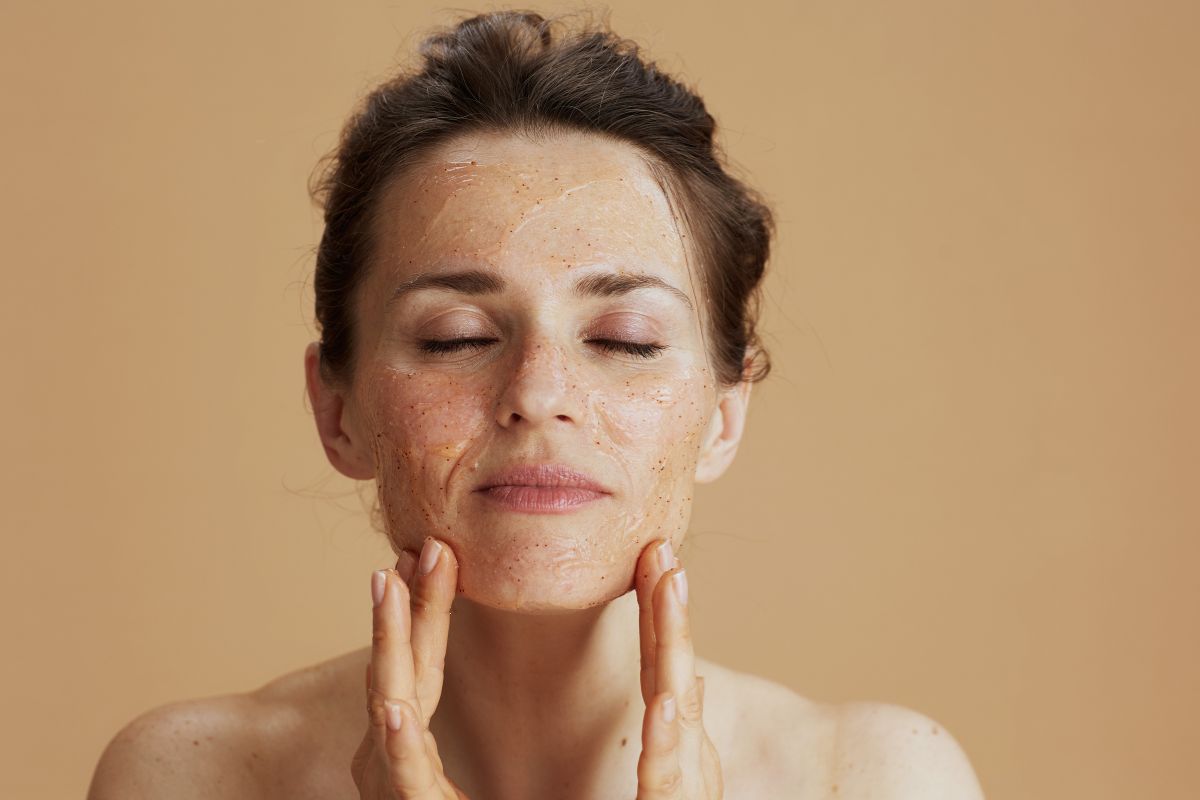
- Remember to wear sunscreen every day, even if it’s cloudy. The sun can harm your skin and cause blemishes. Look for SPF 30 or higher sunscreen that protects against both UVA and UVB rays. You can also wear a hat, sunglasses, and clothes that protect your skin from the sun.
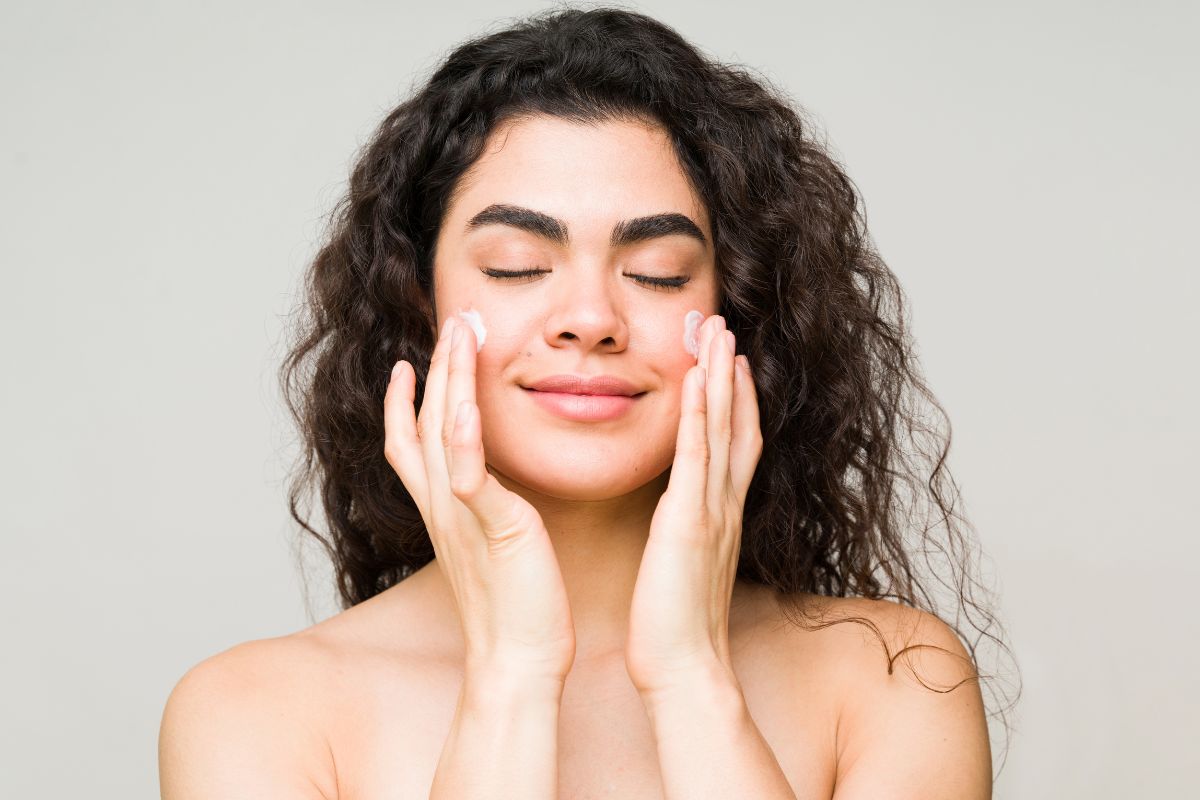
- To keep your skin clear, avoid using oily products and thick creams that can block your pores and stop your skin from getting rid of dead cells. Instead, opt for water-based or non-comedogenic products that are designed for your skin type and condition. You may also want to avoid products that contain mineral oil, lanolin, or petroleum, as these can trigger milialar formation.
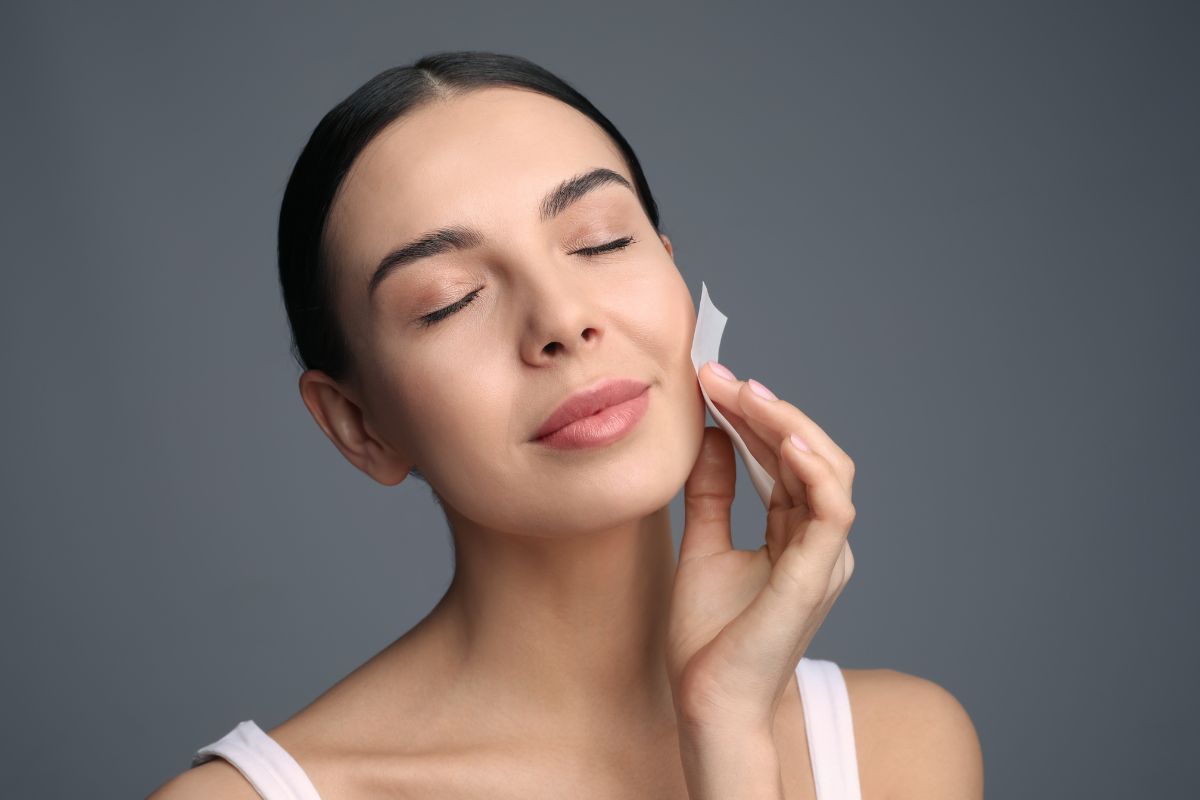
- Consulting your doctor if you have a genetic or medical condition that causes milia. Your doctor may prescribe medications or treatments that can help improve your skin condition and reduce milia. For example, topical or oral retinoids can help unclog your pores and speed up cell turnover. Antibiotics can help treat infections or inflammation that may contribute to milialar formation.

If you have milia that do not go away on their own or bother you cosmetically, you may want to seek professional help to remove them. As we mentioned earlier, do not attempt to pop or squeeze milia yourself, as this can cause infection, scarring, or damage to your skin. Instead, visit a dermatologist who can perform safe and effective procedures to remove milia. Some of the options are:
- Manual extraction: This involves making a tiny incision on the surface of the milia and gently squeezing out the contents with a sterile needle or a comedone extractor. This is the most common and preferred method for milialar removal, as it is quick, simple, and has minimal risks.
- Curettage: This involves scraping off the milia with a sharp instrument called a curette. This method is usually used for larger or deeper milialar that are difficult to extract manually. It may cause some bleeding, scabbing, or scarring.
- Cryotherapy: This involves freezing the milia or milialar with liquid nitrogen and then removing them. This method is usually used for multiple or widespread milia that are resistant to other treatments. It may cause some pain, swelling, or discoloration of the skin.
- Laser ablation: This involves using a focused beam of light to vaporize the milialar. This method is usually used for milia that are located in sensitive areas, such as the eyelids or the lips. It may cause some redness, swelling, or scarring.
The choice of the best procedure for milialar removal depends on the size, number, location, and type of milialar, as well as your personal preference and budget. Your dermatologist can help you decide which option is most suitable for you and explain the benefits and risks of each procedure.
Bottom Line
Milia or Milialar are common and harmless skin cysts that can affect anyone at any age. They are usually not a cause for concern, but they can be annoying or unsightly for some people. By following a good skin care routine and avoiding potential triggers, you can prevent or reduce milia formation. If you want to get rid of milialar, you can try some OTC products or seek professional help from a dermatologist who can perform safe and effective procedures to remove them. With proper care and treatment, you can achieve a smooth and clear complexion.
